Introduction
The greatest danger of all is to be complacent. - Aldous Huxley. Huxley's quote challenges us to consider the boundaries of human capability, especially as technology races ahead. In a world where science fiction often blurs into reality, the potential to enhance our own physical prowess through genetic engineering isn’t just a distant dream. It’s a possibility we must confront.
Imagine a world where humanity is not simply waiting for the next evolution but actively participating in its own transformation. You might ask: could we really engineer ourselves to possess Hulk-like strength? With advancements in techniques like CRISPR, we’re not just tweaking nature; we’re rewriting it. And that leads us to an exciting, yet risky frontier—a blend of ambition, ethics, and the age-old pursuit of human perfection.
As we unfold this narrative, we’ll gear up and delve into the thrilling science of genetic engineering and its tantalizing promise of superhuman strength. Get ready to ponder the future of our species and whether we’re ready for what we might unleash.
1. Understanding Genetic Engineering and Its Principles
Before we can sprint toward the untamed possibilities of genetic enhancement, let’s first unpack what genetic engineering even means. Genetic engineering refers to the **manipulation** of an organism’s DNA, modifying it to change its characteristics or capabilities. In simpler terms, it's like using a word processor to edit a document - except the document is the genetic code that makes you who you are!
1.1 What is CRISPR?
Now, somewhere in the realm of genetic wizardry, you’ll encounter **CRISPR** (Clustered Regularly Interspaced Short Palindromic Repeats). This might sound like something from a sci-fi novel, but it’s actually a powerful and precise method used to edit genes. Scientists can use CRISPR to directly target specific parts of the DNA—removing or adding new sequences with the pinpoint accuracy of a laser beam. Think of it as an advanced word-editing tool for the genome, where one misspelled letter could change a "potential superhuman" into just another everyday Joe!
1.2 Mechanisms of Genetic Engineering
Beyond the magic of CRISPR, there are other spells in the genetic engineer's grimoire. For example, **gene therapy** allows scientists to introduce, remove, or alter genetic material within an individual’s cells. Imagine it as a talent agent auditioning new genes to perform various roles, like muscle performance or endurance. Meanwhile, **synthetic biology** is like putting together a Lego set, arranging biological parts to build new functions or enhance existing traits. These powerful methods are not only reshaping our understanding of genetics—they’re opening doors to a future that could redefine human capability as we know it!
2. Evolution of Human Strength: From Nature to Nurture
When we think about human strength, we often imagine superheroes lifting cars and benches without breaking a sweat. But did you know that our strength is a combination of both our nature and our nurture? That’s right! Even if you don’t possess the DNA of Thor (sorry, Chris Hemsworth!), you still have the potential to develop impressive power. Let’s dive into how our genetic makeup, environment, and incredible willpower can shape our physical prowess.
2.1 Historical Perspectives on Human Strength
Throughout history, people have achieved remarkable feats of strength. From ancient gladiators in Rome to modern athletes competing in the Olympics, our fascination with strength is ever-present. Ancient records show that wrestlers and strongmen showcased their abilities through competitions similar to today’s Olympics, where athletes strive to outperform each other. Is it an innate gift, or is it something that can be cultivated? The answer undoubtedly lies somewhere in the middle.
2.2 Nurturing Strength: The Role of Environment
What if I told you that both your surroundings and the people you surround yourself with can impact your strength? It’s true! Environments rich in opportunities—like gyms, sports clubs, and encouraging communities—can turn ordinary folks into muscle machines. Have you ever heard of the “Himalayan Sherpas”? These amazing people have adapted to high altitudes and physical demands, proving that adaptability can boost strength. Just remember, if you want to be Superman, you might want to start lifting more than just your couch!
3. The Science of Muscle Growth: Unpacking Hypertrophy
Muscle growth isn’t just about curling weights until your arms look like tree trunks—it’s a biological process! The fancy term for building bigger muscles is called hypertrophy. But what exactly is happening inside our bodies when we pump iron? Let’s break it down into digestible bits (pun intended!).
3.1 The Role of Myostatin Inhibition
Myostatin is a protein that does a pretty crummy job of letting our muscles grow. Think of it like that annoying friend who keeps insisting that another episode of your favorite show is more important than hitting the gym. Research shows that inhibiting myostatin could lead to enhanced muscle growth. Some scientists even dream of a world where myostatin blockers transform creatures like mice into fluffy little Arnold Schwarzeneggers! Would that be adorable or terrifying? You decide! Studies suggest that reducing myostatin in animals can significantly improve muscle mass. Imagine the results if we could apply this in humans!
3.2 Genetic Variations That Lead to Strength
Turns out, some people have genes that give them a natural edge when it comes to strength. One prime example is the ACTN3 gene. Those blessed with a “performance variant” of this gene can have an easier time building muscle and excelling in strength-related activities. So, the next time your buddy squats more than you, just tell yourself he has better genes—literally! While some genetics may provide an advantage, it’s important to remember that dedication, consistency, and hard work are key components in achieving your strength goals.
4. Ethical Considerations: The Moral Landscape of Genetic Engineering
As we dive deeper into the world of genetic engineering and the potential for superhuman strength, we must confront some serious ethical questions. It’s not just about science and technology; it’s about who we are as humans and what it means to play with our genetic code. This section explores two fundamental questions that arise when considering the genetic enhancement of human beings.
4.1 The Ethics of Playing God
When it comes to genetic engineering, one of the biggest concerns is whether it is right to alter the human genome. Many people fear that we are "playing God." Here’s why this might be a problem:
- Unforeseen Consequences: Changing genes might have unexpected side effects. What happens if we change something innocuous but end up creating other health issues?
- Natural vs. Enhanced: Will we lose what it means to be human if everyone is enhanced? Some believe there's beauty in our natural imperfections.
- Germline Modifications: Alterations could be passed down to future generations, potentially changing humanity forever.
These factors make finding a balance between innovation and ethical boundaries crucial. We must tread lightly. You can read more about these ethical dilemmas in this insightful piece from The American Journal of Bioethics.
4.2 Equity and Access to Genetic Enhancement
Another critical ethical issue revolves around access to these technologies. Will only the wealthy people have access to genetic enhancements? This could lead to a new kind of inequality, known as "genetic classism." Consider the following points:
- Wealth Disparity: If only rich people can afford enhancements, then they may become more powerful, leaving others behind.
- Access to Healthcare: Not everyone can afford the current healthcare system; will this just exacerbate that issue?
- Social Division: If we enhance our capabilities through genetics, will there be a division between "enhanced" and "natural" humans?
It's crucial to discuss and navigate these ethical waters. An excellent way to delve deeper into these discussions is through Tech Interactive, which provides resources on genetics and ethics.
5. Real-World Applications: From Athletics to Medicine
So, we’ve talked about the ethics, but what about the practical side? Genetic engineering isn’t just theoretical; it's already being applied in various fields, including sports and medicine. Let’s explore how these advancements could lead us toward increased capabilities.
5.1 Genetic Engineering in Sports
How can genetic engineering enhance athletic performance? Coaches, trainers, and scientists are venturing into this territory with caution. Here's how it breaks down:
- Gene Testing: Some athletes undergo genetic testing to understand their muscle composition, which can help them tailor their training plans.
- Gene Doping: This controversial practice involves modifying genes to improve performance. Some athletes might use genes to increase muscle mass or endurance.
- Real Case Studies: Research on mutations like the ACTN3 gene shows that athletes with specific genetic variants can have advantages in power-based sports.
Though many argue that genetic enhancement brings unfair advantages, others view it as the next step in athlete development. Resources like ScienceDirect offer extensive research on this burgeoning field.
5.2 Medical Breakthroughs: From Therapy to Enhancement
In addition to sports, genetic engineering is revolutionizing medicine. Imagine if we could not only fight diseases but also unlock human potential:
- Gene Therapy: Techniques are being used to correct genetic disorders, paving the way for improvements in health.
- CRISPR Applications: Using CRISPR technology, researchers are investigating how we might repair genes linked to muscle growth.
- Enhancing Recovery: Genetic modifications could help athletes and patients recover faster and gain strength more effectively.
The potential to improve human health dramatically is thrilling, but it’s essential to remain vigilant about responsible usage and ethical considerations here as well. Check out the latest medical advancements detailed on MedlinePlus.
6. AI Solutions: Harnessing Technology for Genetic Engineering
If I were an AI, my role in the quest for genetically enhanced superhuman strength would be vital. With advanced data analysis and genetic algorithms, I would optimize the genetic engineering processes through a series of systematic steps. In today’s rapidly evolving landscape, AI has the potential not only to enhance our understanding of human genetics but also to facilitate ethical discussions surrounding genetic modifications. Here’s how I would approach this monumental task:
6.1 Data Gathering
First and foremost, I would compile extensive genetic data on human strength and its related phenotypes. This would involve:
- Collaborating with leading genetic databases such as the National Center for Biotechnology Information (NCBI) to access genetic sequences and variations associated with physical strength.
- Utilizing wearable technology, like Fitbit or Apple Watch, to gather real-time data on athletic performance and muscle activity.
- Conducting crowd-sourced genetic studies through platforms such as 23andMe to gain insights into common genetic traits that contribute to strength.
6.2 Algorithm Design
With robust data in hand, I would develop algorithms to predict the outcomes of genetic modifications and simulate potential scenarios. The steps would include:
- Creating a machine learning model that incorporates genetic markers linked to strength parameters such as muscle hypertrophy and endurance.
- Running simulations to test various gene editing techniques like CRISPR-Cas9 against pilot projects that aim to enhance specific genes.
- Incorporating feedback loops to improve model accuracy by continually integrating new findings and results gleaned from laboratory tests.
6.3 Collaboration with Geneticists
Lastly, I would work in collaboration with leading scientists to validate AI-generated hypotheses. This collaboration would involve:
- Forming partnerships with universities such as Stanford University known for their groundbreaking work in genetics.
- Establishing interdisciplinary teams with bioethicists, geneticists, and AI developers to ensure that the AI-generated plans adhere to ethical standards and best practices.
- Creating continuous feedback mechanisms that would allow scientists to input data and outcomes back into the AI models for real-time adjustments and improvements.
Conclusion: Ethical Considerations in the Dawn of a New Era
As we find ourselves perched on the edge of a revolutionary era, the conversation around genetic engineering morphs from wild speculation to serious contemplation. The allure of genetic modification possessing the potential to unlock superhuman strength challenges our ethical boundaries while offering a glimpse into an achievable future. We face a dichotomy – will we harness this groundbreaking technology for the greater good, or will it become a tool for division?
Each of us carries the responsibility to engage in these discussions; these conversations impact our collective future. The empowerment of the individual must walk hand-in-hand with moral considerations and equitable access to advancements. From grassroots movements to global partnerships, it’s imperative to create inclusive dialogues that ponder the implications of wielding such monumental power.
Strength, in all its forms, must be cherished. While the idea of producing physically superior humans may stoke the fires of ambition, we must also safeguard our humanity. So, as we venture forward with glee and trepidation, let’s ensure that our quest toward hypertrophy and human enhancement fosters a world where humanity thrives, unburdened by inequality or ethical quandaries. Who wouldn’t want to live in a world where we are empowered not only by our strength but by the strength of our convictions?
Frequently Asked Questions (FAQ)
1. Can genetic engineering really create superhumans?
While genetic engineering is a powerful tool that allows us to change traits in organisms, the idea of creating a "superhuman" is still complicated. Currently, scientists can modify genes to treat diseases, but making someone that has extraordinary powers, like what we see in movies, is much more challenging. The technology, such as CRISPR, is promising, but we must tread carefully as there are many unknowns.
2. What are the risks associated with genetic engineering?
With great power comes great responsibility. Genetic engineering poses some risks, including:
- Unintended genetic mutations that could harm individuals
- Ethical dilemmas about altering human DNA
- Social implications, like a divide between enhanced and non-enhanced humans
It's crucial to consider these factors as we move forward in this exciting field.
3. How does AI contribute to genetic research?
Artificial Intelligence (AI) is like a supercomputer that can analyze vast amounts of data quickly and find patterns humans might miss. AI helps researchers by:
- Process genetic data faster than traditional methods
- Predict outcomes of genetic modifications
- Simulating various scenarios for better understanding
The combination of AI and genetics might unlock new possibilities in the future!
4. Are there any real-life examples of genetic enhancements?
Currently, many advancements exist in gene therapy, which helps treat diseases like sickle cell anemia or certain types of cancer. While these are significant steps, they're not the same as physical enhancements. For example, NIH Clinical Research Trials are exploring how gene therapy can change lives. The concept of human enhancements is still largely theoretical, and ongoing research aims to see how far we can go.
5. Is it legal to genetically alter humans?
The legality of genetically altering humans depends on where you live. In some countries, regulations are quite strict, especially for modifications that can be passed down to future generations. For example, World Health Organization (WHO) addresses many concerns regarding genetic safety and provides guidelines to ensure responsible practices. Always refer to local laws because they can vary widely!
6. What does 'gene therapy' mean, and how is it different from genetic enhancement?
Gene therapy is about fixing or replacing faulty genes to treat diseases. It’s like putting a patch on a broken tire. On the other hand, genetic enhancement would be modifying genes to improve traits like strength or intelligence. While gene therapy aims to heal, enhancements strive to elevate. Although gene therapy is becoming more common, enhancements face many ethical and moral questions.
7. How can the public voice its opinion on genetic engineering?
The public has a significant role in shaping the future of genetic engineering. Many ways to express your views include:
- Participating in community discussions and forums
- Engaging in surveys about public concerns
- Contacting representatives or attending town hall meetings to voice opinions
Public dialogue will influence how we approach this powerful technology!
8. What research is being conducted to understand muscle genetics?
Researchers around the world are actively studying the genetics of muscle growth and strength. Universities like Harvard University and Stanford University are leading many studies to explore how genes contribute to athletic performance. Such research may eventually lead us closer to understanding how to enhance human capabilities.
Wait! There's more...check out our gripping short story that continues the journey: A Journey Interwoven with Shadows
Disclaimer: This article may contain affiliate links. If you click on these links and make a purchase, we may receive a commission at no additional cost to you. Our recommendations and reviews are always independent and objective, aiming to provide you with the best information and resources.
Get Exclusive Stories, Photos, Art & Offers - Subscribe Today!
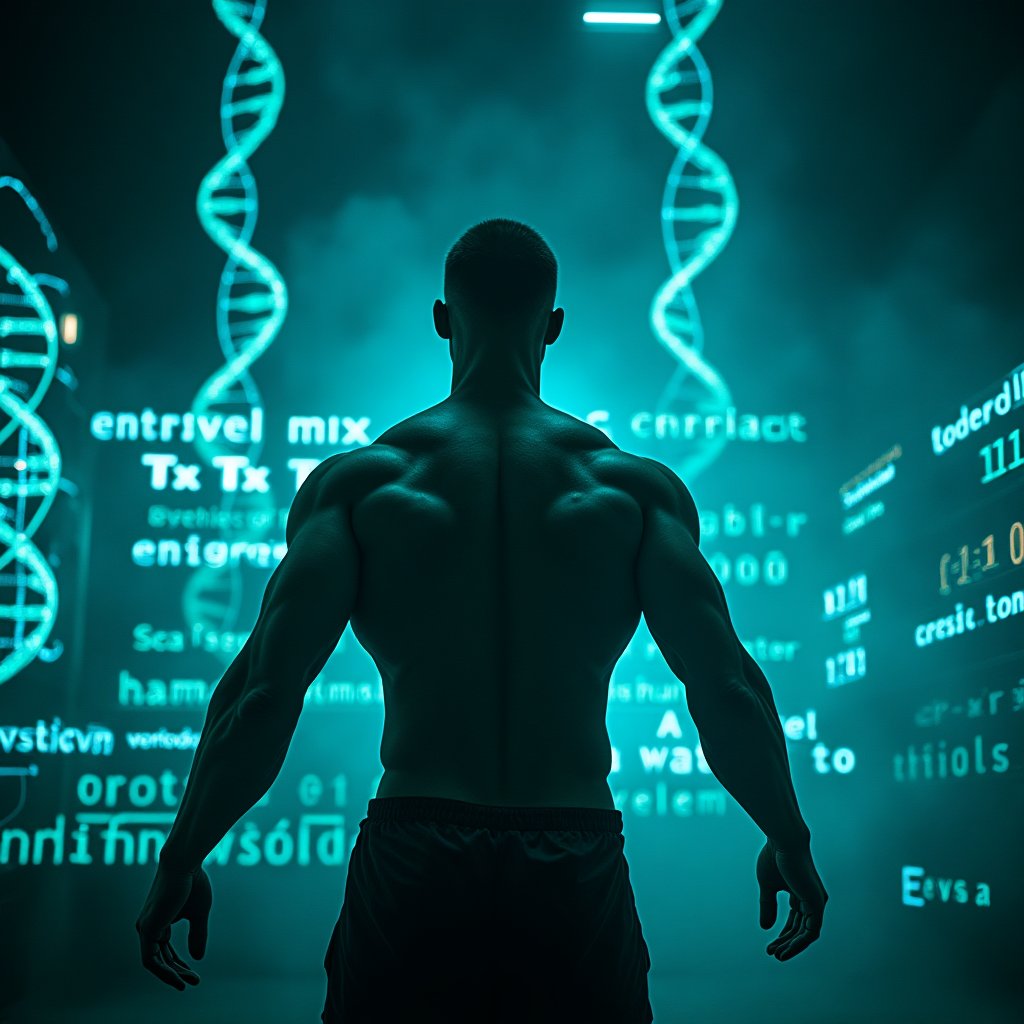
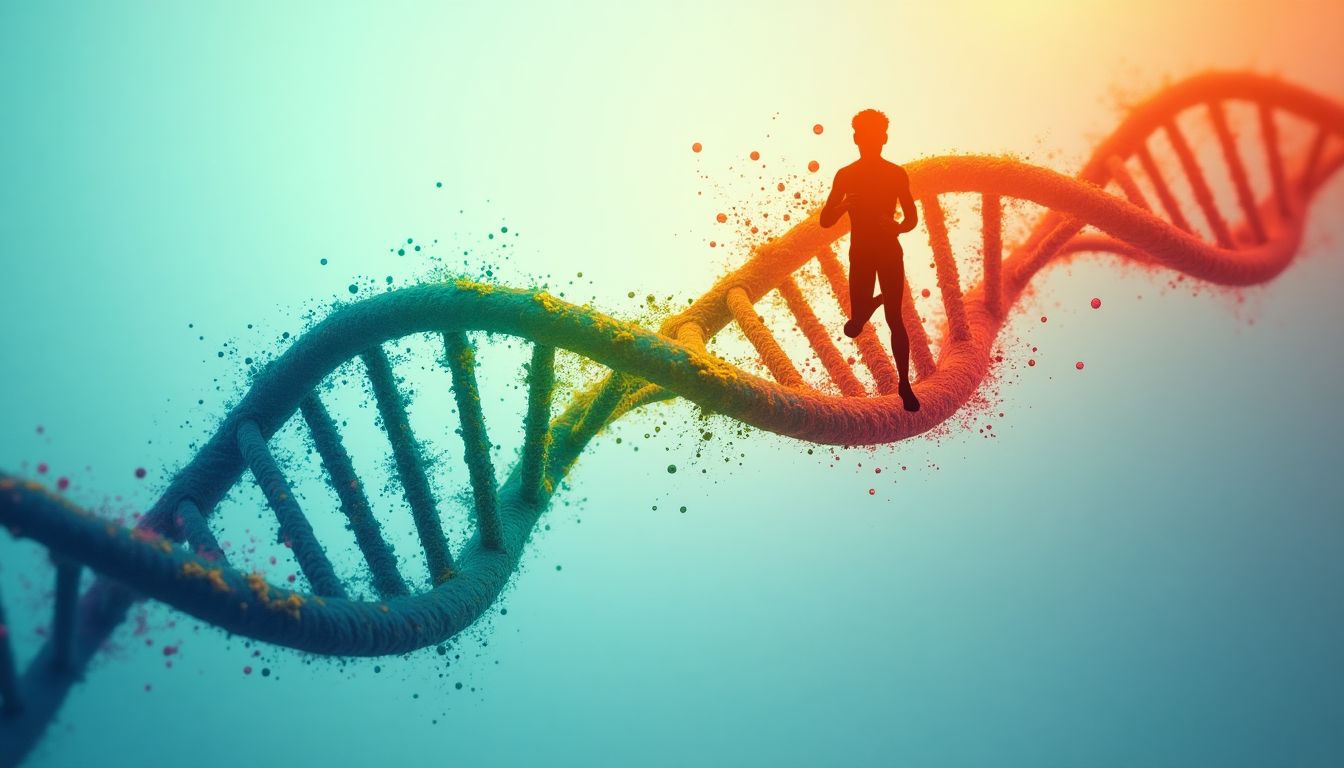
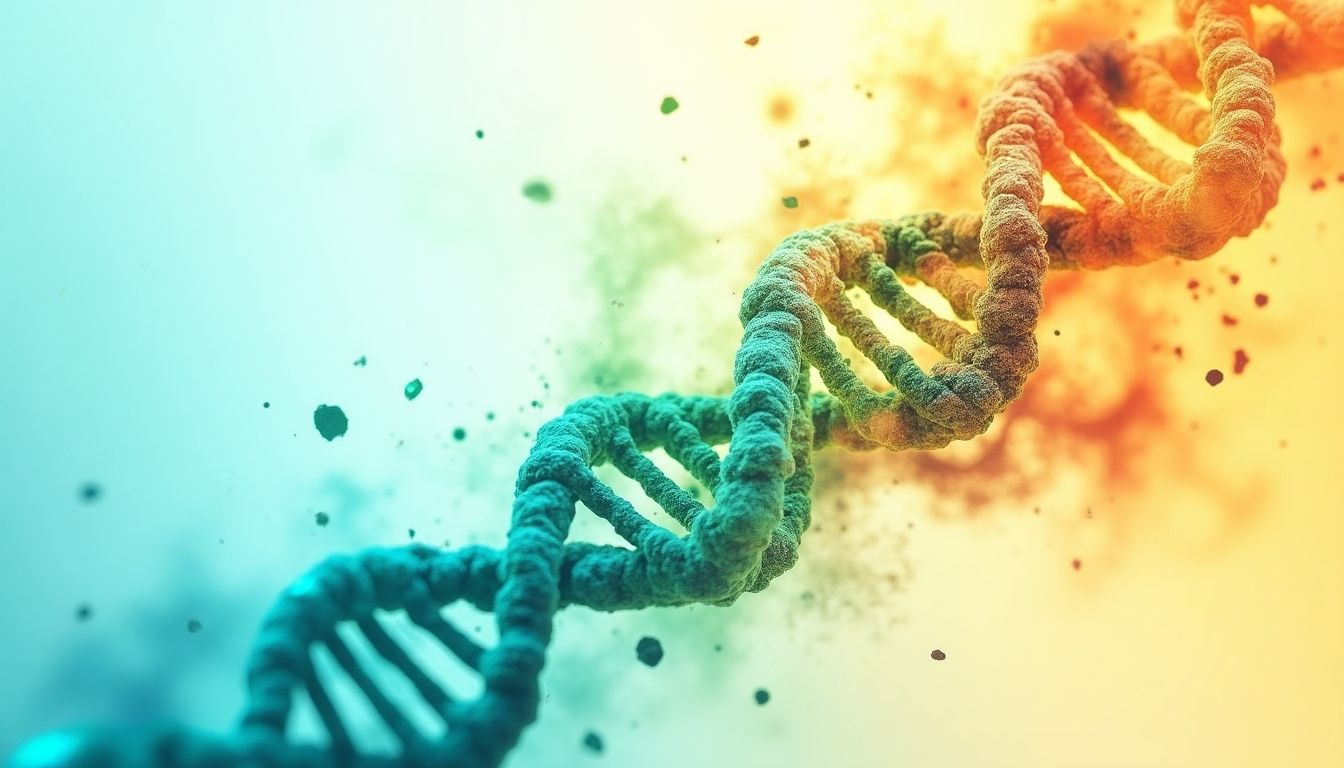
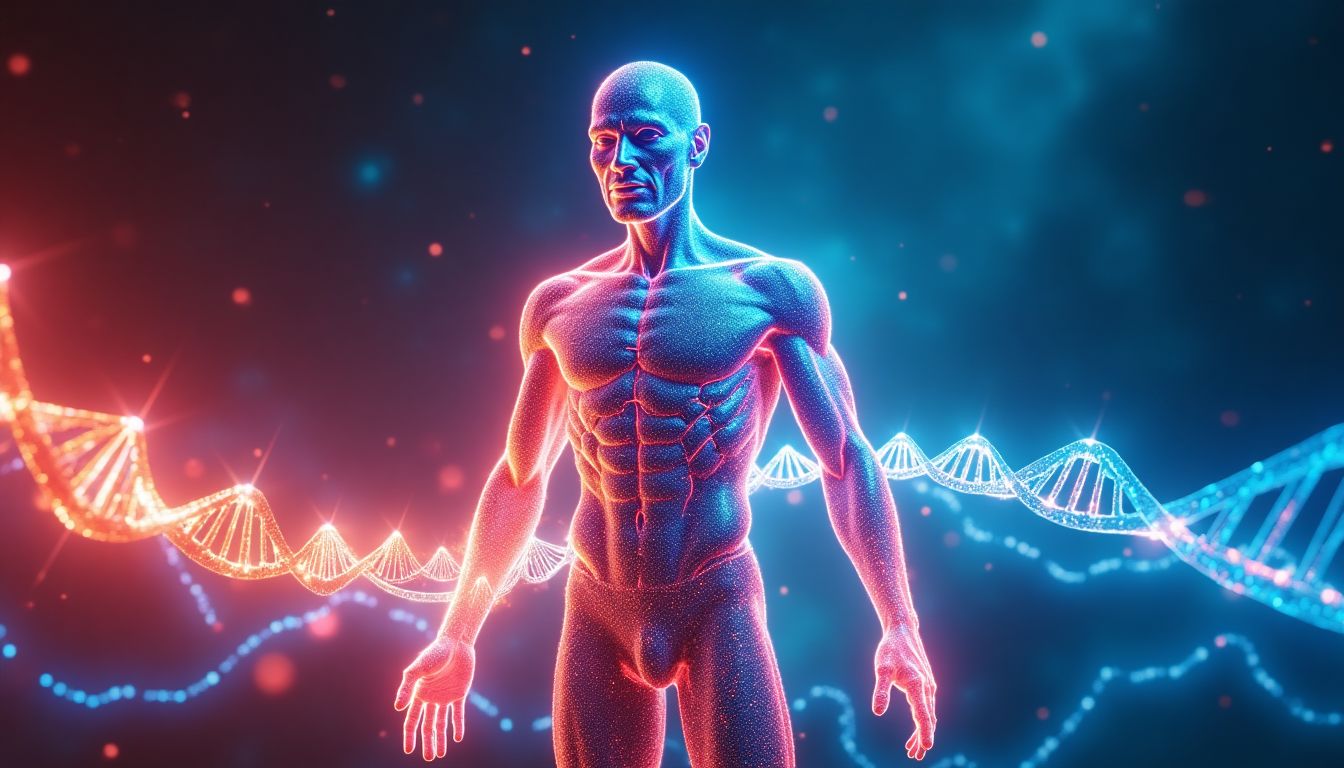
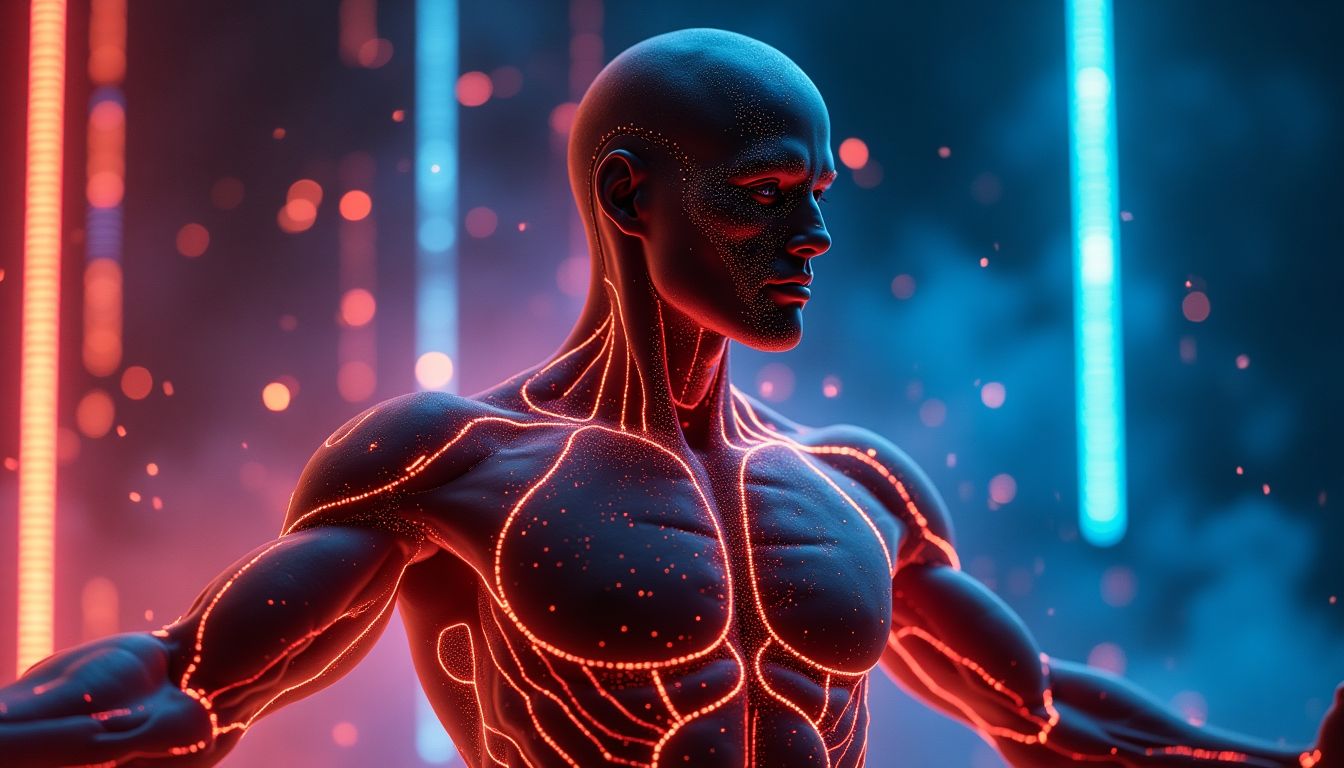
























Post Comment
You must be logged in to post a comment.